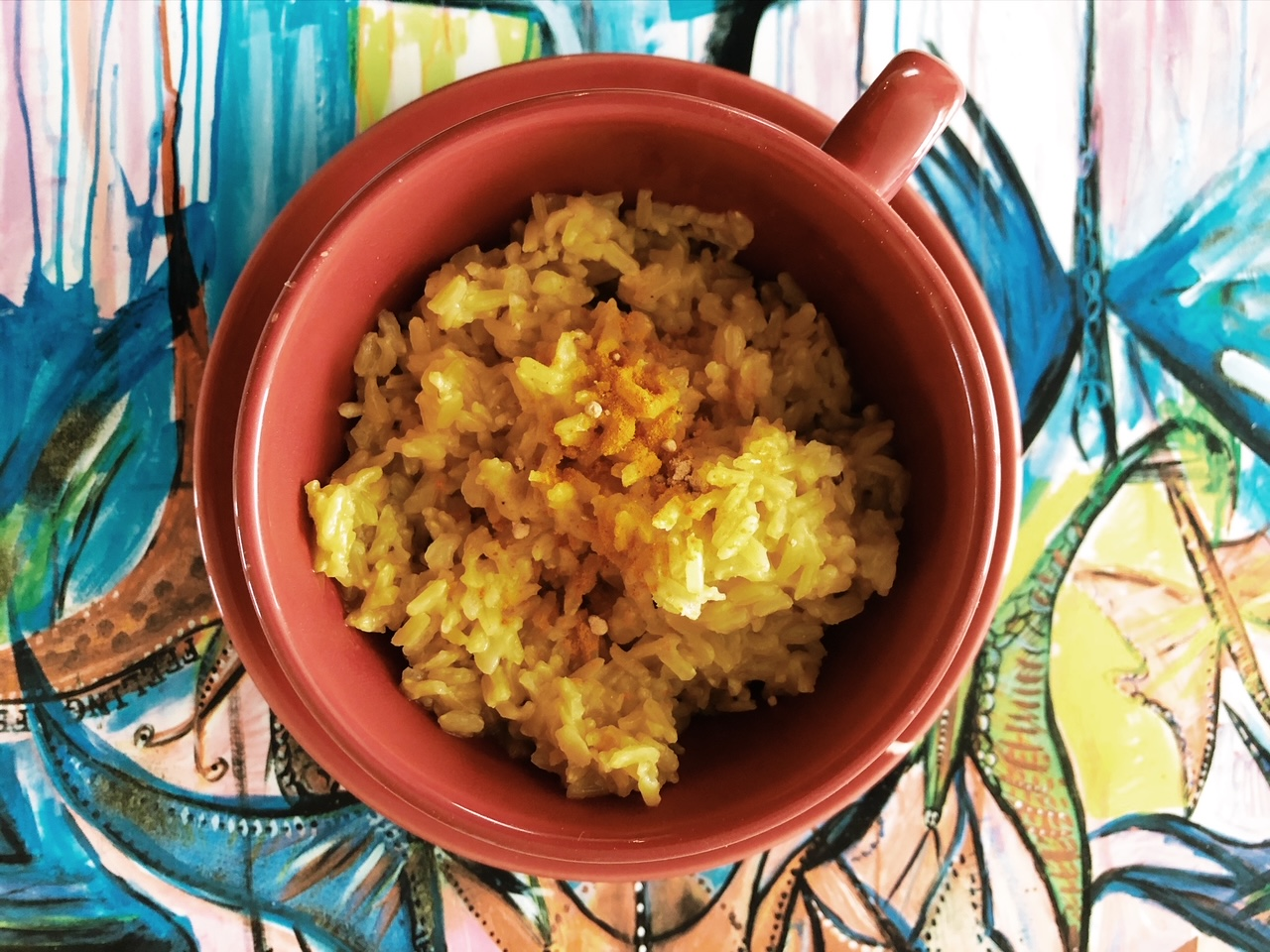Ayurvedic pizza – a Vata grounding pizza recipe
Ayurvedic cooking
Ayurvedic cooking is still something I try to figure out myself. I can’t say I have mastered it, but I am integrating it in my daily cooking, and I am still learning. I hope to inspire you too to try new foods, spices, and recipes. Be curious and try out new things. You may have asked yourself the same question as I have: What does ayurvedic cooking mean? How should I think? What is so special about the ayurvedic way of cooking?
New cooking routines
I love cooking and to be honest, it takes time to cook fresh food from scratch and cook every meal, namely breakfast, lunch, and dinner every day. Sometimes I take the easy way and I feel fine with it. Remember not to feel guilty or disappointed in yourself when you planned and don’t stick to it. It is okay. Integrating new diet or other practices to live a more holistic way of living takes time and is a process. I am self-employed and can arrange my work around my meals. And if I can’t, I prepare my meals in the morning so I can enjoy my lunch without stress. I use a thermos to keep my food warm. During summer or springtime, I do enjoy fresh salads here and then.
The art of ayurvedic eating
Basic principles of eating include eating mindfully, meaning not to distract yourself by listening to music, watching TV, or engaging in a lot of talking. Eating in an upright seated position is best to promote a good digestion. Take a couple of deep breaths before and in between. Always chew your food thoroughly, and even drink a little warm water with it. As a result, your digestion will function optimally by avoiding swallowing any solid foods. Eat slowly. With these simple principles you can come a long way in healing your gut and preventing indigestion. Read here if you are curious about how you can improve gut health naturally.
The three gunas
The mood state you are in before and while cooking is important. You should neither cook nor eat when angry, upset, or sad. Your Agni will be compromised as these emotions will cause your body cells to contract. Try to keep a calm state of mind as it promotes the sattvic state, a peaceful and nourishing energy. Too much stirring of food and being in a hurry tend to irritate the mind. That is called rajasic. And if you put too little effort into your cooking, eating fast food or old food is tamasic. Overall, we want to keep the three Gunas (sattva, rajas and tamas), that are qualities of the mind, in balance. We do need all three qualities to live a happy and balanced life.
The six tastes in ayurvedic cooking
Ayurvedic principles of cooking means for me, that I add all six tastes in a meal: sweet, sour, salty, bitter, astringent, and pungent (spicy). You can either think of the vegetable itself, for example carrot is sweet, or add spices like ajwan which is pungent. Some herbs and vegetables fit into more than only one taste category. Trikatu is a blend of black pepper, long pepper (pippali), and ginger powder that I use in all my meals in small amounts as it boosts Agni. Alternatively, you can make a ginger appetizer. However, it is not more complicated than this. In my ayurvedic pizza recipe I use the following tastes:
Sweet: sweet potato, carrot, fennel, zucchini
Salt: salt
Sour: lemon or lime, cheese
Bitter: ajwan, oregano, nuts, olive oil, zucchini
Pungent: ajwan, mustard seeds, trikatu, cumin seeds
Astringent: chickpeas
If you are not sure how a food or spice taste like, put it in your mouth and taste it.
Ayurvedic pizza recipe
I am used to cook my grains, legumes, and vegetables separately as natural as possible. Recently, I do feel quite bored by my lack of creativity. For this recipe I was inspired by Lisa from Areyouvedic and tried my own version of her ayurvedic pizza. It is so good! The pizza does require a little more preparation than a “normal” pizza. Overall, it takes less than 30 minutes to create your ayurvedic pizza. First, you fry the dough in a pan before adding the vegetables and baking. The ayurvedic pizza is even pitta-friendly. You can use any flour of your liking and ingredients that calm your dosha. Because I am gluten sensitive, I use non-gluten flour. If you use almond flour, make sure to let the dough rest 10 minutes and add more water to it, because almond flour is more absorbent than any other flour.
For 2 medium-size ayurvedic pizzas you need:
Pizza Dough:
1,5-2 cups of chickpea flour
1-2 tsp of olive oil
½ cup of warm water
½ tsp of salt
Pinch of ground fennel, cumin and ajwan seeds
Sweet potato pizza sauce:
2 small sweet potatoes
1 tsp of ghee
Pinch of dark mustard seeds, trikatu & salt
Juice of ½ lime or lemon
Maybe more water

Vegetable topping:
Beet root
Zucchini
Carrot
Walnuts and/or cashew nuts
Goat cheese or any other cheese
Mix of herbs of your liking
Maybe more water
How you mix everything:
- Sauce: Wash, peel and chop the sweet potatoes. Fry spices in ghee in a pot until mustard seeds pop. Add the chopped sweet potatoes. Stir a little and add water. Put a lid on, let cook until soft (about 10 minutes). Use a blender to make the sauce and add lemon or lime juice.
- Dough: Preheat oven to 200°C. Mix the chickpea flour with spices in one bowl. Cook the water and put it in a cup to cool off before mixing it with olive oil and flour. Mix with your hand. Divide the batter in two and roll out each pizza dough until it is around half a centimeter thick. Fry the dough in ghee in a pan until you see the air bubbles. Let it rest on the oven plate.
- Topping: Stir-fry the vegetables in ghee and spices. Add some water. and nuts. let simmer for about 5 minutes.
Add the sweet potato sauce on the ayurvedic pizza bottom. Top it with the vegetable mix and cheese and bake the pizza for 10 minutes or until cheese is melted. Sprinkle with dried oregano or other herbs of your liking before eating.


